Every day, all over the world, USAID brings peace to those who endure violence, health to those who struggle with sickness, and prosperity to those who live in poverty. It is these individuals — these uncounted thousands of lives — that are the true measure of USAID’s successes and the true face of USAID's programs.
Snowmelt and rain swell the Murghab River in the months of April, May, and June, raising the water velocity to three times its normally placid rate. These surges, capable of filling an Olympic-sized swimming pool every 23 seconds, help neighboring Turkmenistan provide local power along the river valley border with Afghanistan. However, in northern Badghis Province, the same floodwaters overrun fragile canals, stripping topsoil from farmland and devastating crops.
In Afghanistan, less attention and resources are provided to national, district, and specialty hospitals due to the high costs of service provision and the need for substantial investment, both of which are unaffordable for the Afghan government. As a result, access to quality hospital services is lacking and an increasing number of Afghans seek treatment in hospitals abroad, particularly in Pakistan, India, and Turkey. A recent study found that an estimated $27 million per year flows out of the country from patients seeking care in India alone.
"For me and for other Afghan engineers, this project was like a university," explains Engineer Mohammad Ashraf, as he surveys the construction materials and testing equipment that line the shelves of Kabul’s Central Laboratory. After eight years of service on a USAID road development initiative that operates the lab, Ashraf is leaving in order to set up on his own.
Afghan youth participate in debates and learn about issues facing the country and how their members of parliament are responding. Young people in Afghanistan have witnessed historic change in their country. Many youth participated in get-out-the-vote campaigns or voted for the first time during the 2010 parliamentary elections. Youth represent a key segment of society that is demanding action from their government and accountability on the part of their elected officials.
Three decades of war in Afghanistan, exaccerbated by poverty, poor infrastructure, and difficult geography, have inhibited the growth of essential services, the commercial sector and, notably, media and communications. While the social media increasingly connects individuals and communities locally, regionally, and internationally in neighboring countries, rural, provincial, and urban communities in Afghanistan are still isolated by a lack of modern communications. Women, in particular, still face many social restrictions on what they can do and where they can go, and for the disabled, there are access limitations.
Working closely with the Hirat Department of Water Supply, USAID conceived a project to complete certain segments of an unfinished water distribution network that had lost its original donor. Using USAID funding, the project will give thousands in Injil access to water and will provide work and income for more than 330 laborers.
Ghulam Farooq Ahmadzada has always fought for causes in which he believes. Thirty years ago, he joined the mujahedeen against the Soviets and then fought in the Afghan civil war. Now he’s fighting against the Taliban–without guns. Ahmadzada heads a cooperative of 150 farmers in Palezai. Cooperatives let farmers share resources while presenting a united front against those threatening their lives and livelihoods.
Latifa has faced many challenges. Her husband is disabled, so the 47-year-old woman has been the sole source of income for her four daughters and two sons. She is illiterate and has limited opportunities to earn money. Prior to participating in a USAID-funded women’s poultry project, Latifa struggled to get by working in other people’s homes washing clothes, cleaning, baking bread, and collecting straw to sell.
Carved into a mountainside a few years ago, the rough, rutted Tamazan Road currently serves as the sole means of vehicle access in and out of the province. The road allows traffic to flow from Nili, the provincial capital, through the disputed border district of Gizab and to the southern provinces of Uruzgan, Kandahar, and Hilmand. During heavy winter rains and snowfall, Daykundi Province is typically cut off from the rest of Afghanistan. Tamazan Road is the only artery that remains partially passable.

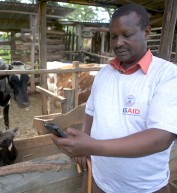
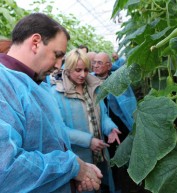
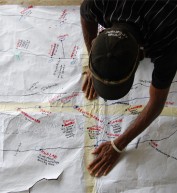
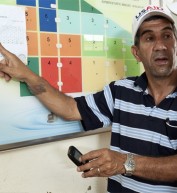

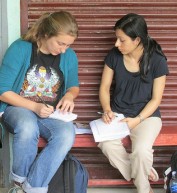
Comment
Make a general inquiry or suggest an improvement.